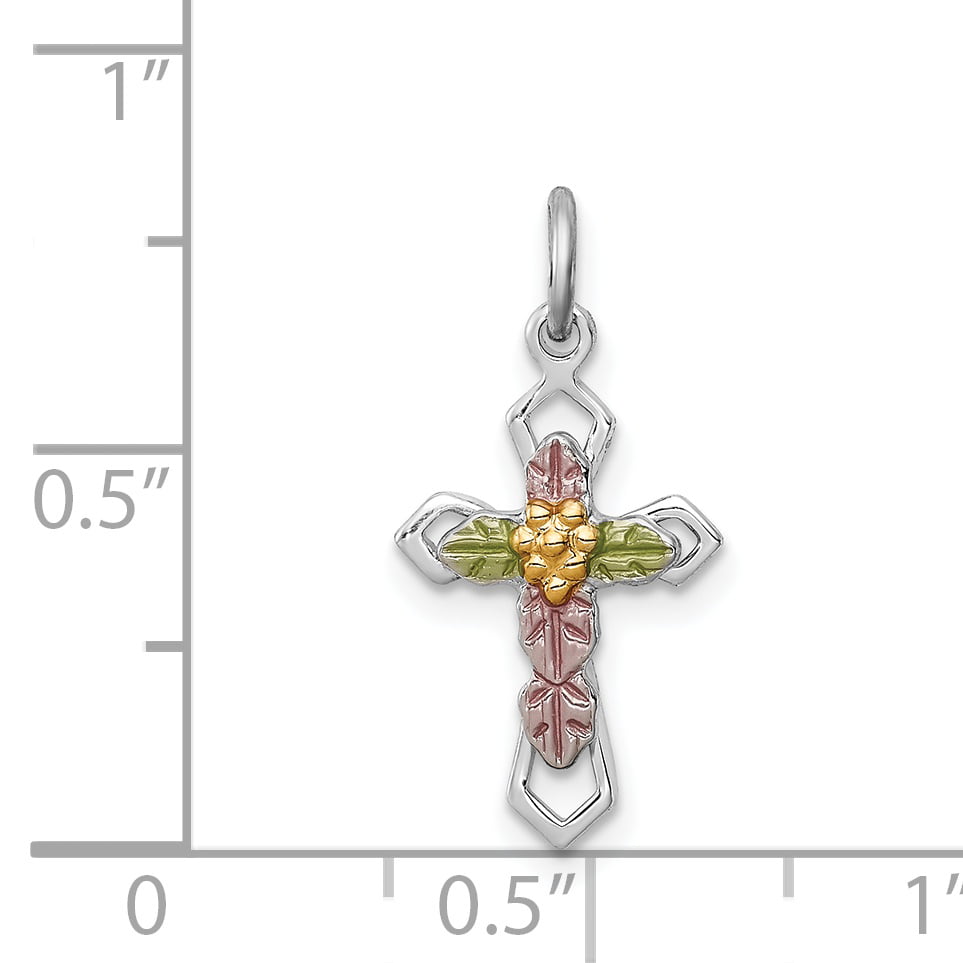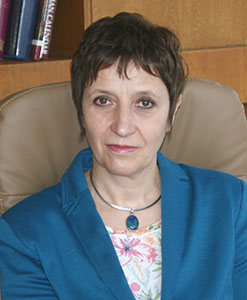Frequency Physics
An explanation of your frequency in physics
Frequency – physical quantity characteristic of a batch course of action, the amount of repetitions is equal to or occurrence of events (processes) per unit time. Calculated as the ratio with the quantity of repetitions or the occurrence of events (processes) to the length of time for which they’re produced. The unit of frequency measurement within the International Program of Units (SI) can be a hertz (Russian notation Hz international: Hz), named just after the German physicist Heinrich Hertz. The frequency at the same time as time, is among the most correct measurement of physical quantities. In quantum mechanics, the oscillation frequency in the wave functions of the quantum-mechanical state has the physical meaning in the power of this state, in connection with which the technique of units is often chosen to ensure that the frequency and power are expressed in the identical units.
The frequency from the quantity of occurrences of a repeating event per unit time. It is actually also called temporal frequency that emphasizes the contrast using a spatial frequency and angular frequency. The period may be the time duration of a single cycle of a recurring occasion, to ensure that the period is definitely the inverse of frequency. For instance: if the newborn heart beats with a frequency of 120 instances per minute, its period, the time interval among beats is half seconds (60 seconds divided by 120 times). The frequency is an crucial parameter used in science and technology to decide the vibrational velocity and vibration phenomena such as mechanical vibration, sound signals (sound), light and radio waves.
The electromagnetic wave is characterized by 1 most important parameter – the number of ridges, which for the second pass with the observer (or enter the detector). This value is known as frequency radiation. Since all of the electromagnetic waves in vacuo exact same speed, the frequency is simple to identify the wavelength. We basically divide the path traveled by light in a second, the number of vibrations inside the similar time and get the length of one particular oscillation. Wavelength – an incredibly vital parameter, due to the fact it determines the scope from the border: at distances a lot greater than the wavelength radiation obeys writinghelp the laws of geometrical optics, it may be described as the spread of radiation. At smaller sized distances it is crucial to take into account the wave nature of light, its ability to flow around obstacles, the inability to precisely find the position on the beam, and so on. N. For these causes, in specific, that it truly http://www.connectionsacademy.com is not possible to get an image https://www.ewriters.pro of your objects, if the size from the order or significantly less than the wavelength with the radiation, which can be monitored. This, in distinct, poses a limit microscopes capabilities. In visible light, it really is impossible to find out objects smaller sized than polmikrona; respectively, a rise of greater than 1-2 thousand occasions optical microscope is meaningless.

































.jpg )





















 A international marriage agency that steals from another marriage agency or uses deceptive means of doing business is not going to have any qualms about using like methods with you. These pointers for selecting a global marriage company can help you choose a world marriage company with integrity and functionality. While the competition makes use of International Introductions for floor improvements you can experience the full extent of our distinctive technique for discovering the last word Latin wife. Our Romance Tour is one successful match after another. The others will copy our materials and use our ideas, but they are going to at all times lag behind our success fee.
A international marriage agency that steals from another marriage agency or uses deceptive means of doing business is not going to have any qualms about using like methods with you. These pointers for selecting a global marriage company can help you choose a world marriage company with integrity and functionality. While the competition makes use of International Introductions for floor improvements you can experience the full extent of our distinctive technique for discovering the last word Latin wife. Our Romance Tour is one successful match after another. The others will copy our materials and use our ideas, but they are going to at all times lag behind our success fee.
 Colombia Real Estate. Title searches and study of title paperwork. An American shopping for property in Colombia will at all times be overcharged, up to two to three instances greater than a local. We are able to find and negotiate real property purchases in Colombia and handle your rental property. We are going to show you tips on how to shield your property and tips on how to switch your cash out of Colombia if you happen to promote these assets (steps need to be taken before your purchase or you will not be capable to transfer all the money out of Colombia).
Colombia Real Estate. Title searches and study of title paperwork. An American shopping for property in Colombia will at all times be overcharged, up to two to three instances greater than a local. We are able to find and negotiate real property purchases in Colombia and handle your rental property. We are going to show you tips on how to shield your property and tips on how to switch your cash out of Colombia if you happen to promote these assets (steps need to be taken before your purchase or you will not be capable to transfer all the money out of Colombia).
























































































































 Writing commentary is undoubtedly most likely probably the most troublesome part of writing any essay. Paragraph examples for essays. Soal seni budaya essay. Are farms changing into digital companies case examine solutions. Remind your students that movies are usually not works of literature and cannot be used to provide the form of literary evaluation required on the exam.
Writing commentary is undoubtedly most likely probably the most troublesome part of writing any essay. Paragraph examples for essays. Soal seni budaya essay. Are farms changing into digital companies case examine solutions. Remind your students that movies are usually not works of literature and cannot be used to provide the form of literary evaluation required on the exam.



































































 On this course students be taught the weather of narrative and apply literary analysis. Our advice would be to by no means use a freelance writer or a site that seems unreliable. We defend our purchasers and are so assured you’ll be happy with our service, our writers only get paid as soon as you are a hundred% blissful along with your essay. Utilizing Edusson is the safest way to guarantee satisfaction as a result of we now have the best pool of writers online. Additionally, we’ll at all times pair you with a author who has a degree in your area, you’ll be confident they are educated on the topic. Our writers have all graduated with honors degrees. They know how you can go above and beyond and write essays that may impress lecturers, and may write gripping arguments, not just the details.
On this course students be taught the weather of narrative and apply literary analysis. Our advice would be to by no means use a freelance writer or a site that seems unreliable. We defend our purchasers and are so assured you’ll be happy with our service, our writers only get paid as soon as you are a hundred% blissful along with your essay. Utilizing Edusson is the safest way to guarantee satisfaction as a result of we now have the best pool of writers online. Additionally, we’ll at all times pair you with a author who has a degree in your area, you’ll be confident they are educated on the topic. Our writers have all graduated with honors degrees. They know how you can go above and beyond and write essays that may impress lecturers, and may write gripping arguments, not just the details. Writing commentary is undoubtedly probably the most tough a part of writing any essay. Find proof in the literature to help your thesis. Look once more at your graphic organizer and search for events that reveal all of Literary Analysis Essay the reasons your thesis is true. Spotlight these occasions and ensure you have the web page numbers. 2. Provide proof from the story by identifying a particular plot occasion or character motion-the info of the story.
Writing commentary is undoubtedly probably the most tough a part of writing any essay. Find proof in the literature to help your thesis. Look once more at your graphic organizer and search for events that reveal all of Literary Analysis Essay the reasons your thesis is true. Spotlight these occasions and ensure you have the web page numbers. 2. Provide proof from the story by identifying a particular plot occasion or character motion-the info of the story. Literary Analysis is a comprehensive information to understanding, analysing and responding to literature. The best way to write a literary analysis essay the aim of a literary analysis essay is to carefully look at and typically consider a work of literature or an aspect of a work Response To Literature Essays of literature. If a pupil eliminates 1st or 2nd particular person, asks why as an alternative of just what, and writes a clear, compelling thesis statement, they will already be on their approach to writing a terrific literary analysis essay.
Literary Analysis is a comprehensive information to understanding, analysing and responding to literature. The best way to write a literary analysis essay the aim of a literary analysis essay is to carefully look at and typically consider a work of literature or an aspect of a work Response To Literature Essays of literature. If a pupil eliminates 1st or 2nd particular person, asks why as an alternative of just what, and writes a clear, compelling thesis statement, they will already be on their approach to writing a terrific literary analysis essay. When the U.Okay. newspaper the Sunday Occasions outed J.Ok. Rowling as the creator of detective novel The Cuckoo’s Calling earlier this 12 months, laptop scientists had been among the first people called in. Although the novel was printed beneath the pen identify Robert Galbraith, two computational students-including Duquesne College’s Patrick Juola -have been tasked with confirming or denying whether the novel belonged to the Harry Potter author, or one in all three other potential writers. In writing the assessment, it is important to determine the overarching themes that present you could have a thorough grasp of the large image, and to make sure your observations are supported by ample evidence. When reviewing and critiquing present traits and methods, contemplate their design, scale and scope, and level out where findings aren’t comparable or are troublesome to check.
When the U.Okay. newspaper the Sunday Occasions outed J.Ok. Rowling as the creator of detective novel The Cuckoo’s Calling earlier this 12 months, laptop scientists had been among the first people called in. Although the novel was printed beneath the pen identify Robert Galbraith, two computational students-including Duquesne College’s Patrick Juola -have been tasked with confirming or denying whether the novel belonged to the Harry Potter author, or one in all three other potential writers. In writing the assessment, it is important to determine the overarching themes that present you could have a thorough grasp of the large image, and to make sure your observations are supported by ample evidence. When reviewing and critiquing present traits and methods, contemplate their design, scale and scope, and level out where findings aren’t comparable or are troublesome to check.




























































_listen_attentively_to_Wayne_Guillory_give_an_American_Government_class_lecture.jpg)
































































 Prompt: Please submit a one-page, single-spaced essay that explains why you have got chosen State College and your specific main(s), department(s) or program(s). This is likely one of the most common errors that students make In the pursuit to put in writing the perfect essay, many forget to connect it to the original prompt. Whereas the Common Application prompts for the principle essay are common enough to allow students to put in writing about no matter they choose, it nonetheless must be clear how that essay addresses the immediate. The identical applies to highschool-particular essays. Test and double examine that a transparent connection is made between the topic or lesson of your essay, and the question the immediate is asking.
Prompt: Please submit a one-page, single-spaced essay that explains why you have got chosen State College and your specific main(s), department(s) or program(s). This is likely one of the most common errors that students make In the pursuit to put in writing the perfect essay, many forget to connect it to the original prompt. Whereas the Common Application prompts for the principle essay are common enough to allow students to put in writing about no matter they choose, it nonetheless must be clear how that essay addresses the immediate. The identical applies to highschool-particular essays. Test and double examine that a transparent connection is made between the topic or lesson of your essay, and the question the immediate is asking.
 Writing a college application essay isn’t any small task. Use your 650 words to inform a centered story and assist the admissions of us get to know you. College students are asked to respond to one of college application examples the prompts under as a part of the application for admission. The strength of your private essay can usually imply the distinction between getting accepted — or rejected — by the school of your selection.
Writing a college application essay isn’t any small task. Use your 650 words to inform a centered story and assist the admissions of us get to know you. College students are asked to respond to one of college application examples the prompts under as a part of the application for admission. The strength of your private essay can usually imply the distinction between getting accepted — or rejected — by the school of your selection.



























































